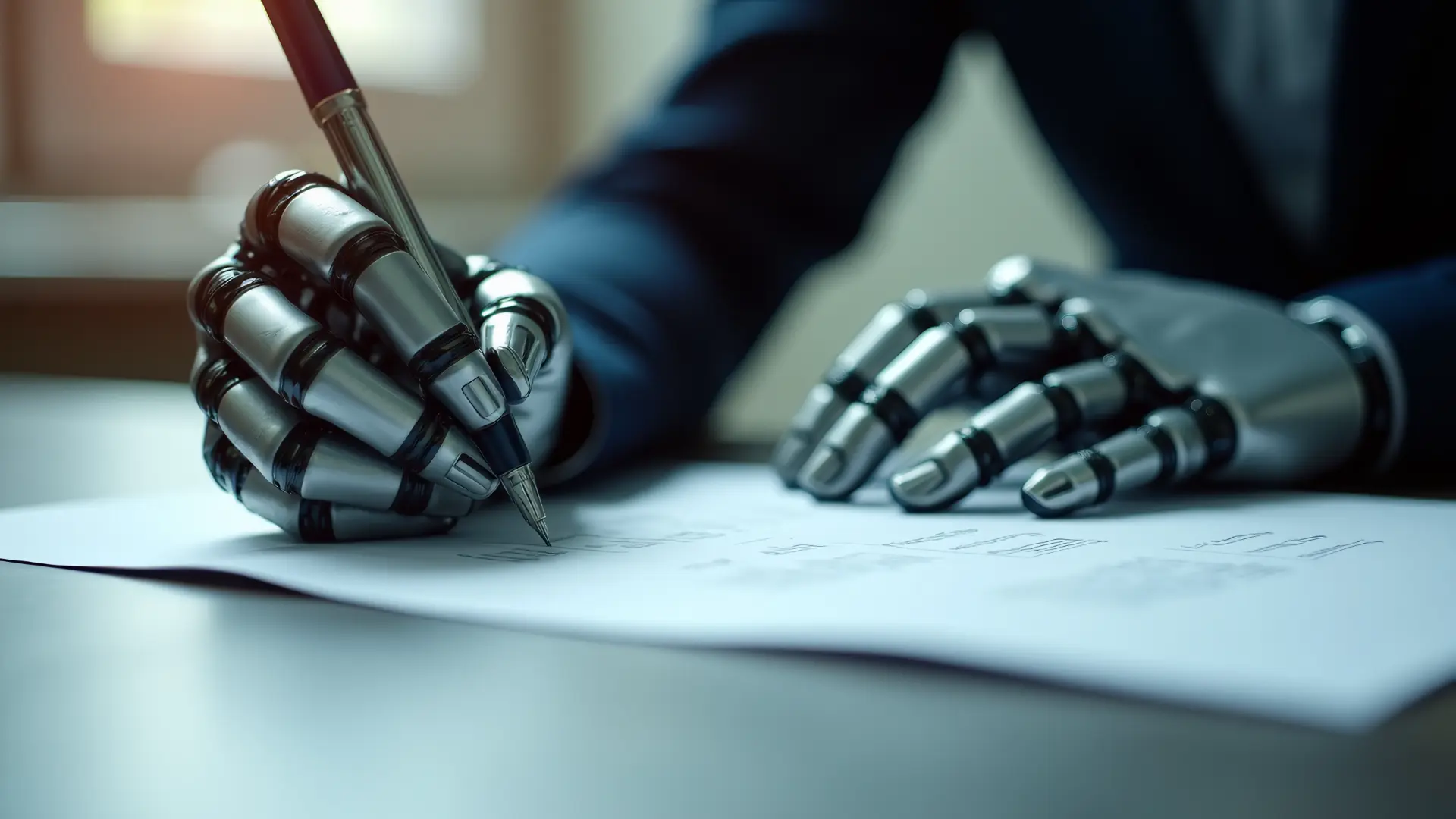Table of contents
- A decision that sets a clear boundary between human and algorithmic creativity
- The Thaler vs. U.S. Copyright Office case
- Why a machine cannot be an author
- AI can assist creativity, but humans remain at the center
- The future of copyright in the age of artificial intelligence
A decision that sets a clear boundary between human and algorithmic creativity
On March 18, 2025, the U.S. Court of Appeals for the D.C. Circuit issued a landmark ruling that will shape the global debate on copyright protection for AI-generated works.
In a detailed and legally structured decision, the court reaffirmed that only a human being can be considered an author under the Copyright Act of 1976.
The verdict, which is overdue and in line with the U.S. Copyright Office’s guidance, sets a milestone in the intellectual property debate at a time when artificial intelligence is transforming the creative process.
While it does not entirely close the debate, it makes a firm distinction: algorithmic creativity does not qualify for the same legal protections as human intellectual effort.
The Thaler vs. U.S. Copyright Office case
At the center of this legal battle is Stephen Thaler, a computer scientist and creator of the Creativity Machine, an AI system designed to generate artistic works without any human intervention. In 2019, Thaler applied for copyright registration of a visual artwork titled “A Recent Entrance to Paradise”, listing the Creativity Machine as the sole author and claiming copyright ownership himself as its creator and owner.
The U.S. Copyright Office denied the application, citing a long-standing administrative practice that excludes non-human entities from being recognized as authors.
After unsuccessfully attempting an internal review, Thaler took the case to federal court, but both the District Court and the Court of Appeals upheld the rejection.
Why a machine cannot be an author
The Court of Appeals based its ruling on a thorough analysis of the Copyright Act, its structure, and administrative precedents.
The key takeaway is that the entire copyright system is designed around the concept of a human author, as evidenced by several legal aspects:
- Copyright protection duration is linked to the life of the author;
- The law provides for inheritance of copyright rights;
- Registration requires an act of creative intent, which a machine cannot express;
- Computers are defined as tools, not as entities eligible for legal rights.
Additionally, the court rejected Thaler’s attempt to classify the Creativity Machine as an employee under the work-made-for-hire doctrine, which allows companies to own the rights to works created by their human employees.
The court ruled that this doctrine applies exclusively to humans and cannot be extended to machines.
AI can assist creativity, but humans remain at the center
One of the most interesting aspects of the ruling is that it does not entirely dismiss the possibility of protecting works created with AI assistance, as long as a significant human contribution is present and demonstrable. The Thaler case, however, involved an artwork generated entirely by AI, without any human involvement in its creation.
The court acknowledged that future cases may involve more nuanced situations, such as the role of prompts, stylistic guidance, curation, or editing by a human author. In this sense, the ruling does not reject AI-assisted creativity but sets a clear legal boundary between technological support and true authorship.
The future of copyright in the age of artificial intelligence
By issuing this ruling, the court also emphasized that any potential changes to the Copyright Act should be decided by Congress, not the judiciary. The topic is already under discussion in various institutional reports, including documents from the U.S. Copyright Office and the Bipartisan House Task Force on Artificial Intelligence.
This decision marks a turning point: it reinforces the human role in artistic creation while leaving room for future legal interpretations regarding works where AI acts as a tool rather than an independent creator.
As technology evolves, it will continue to challenge the legal boundaries of intellectual property, and the debate on authorship in the AI era is only just beginning.
